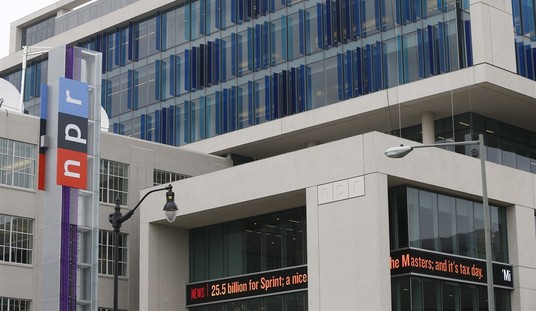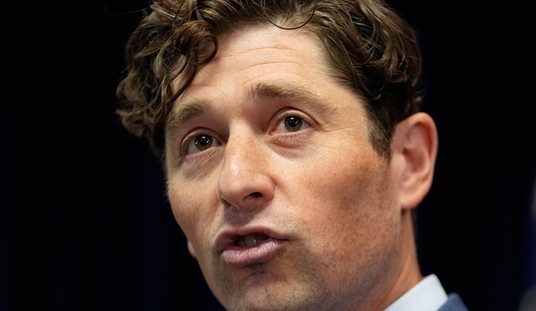Ed Morrissey wrote a story about the costs of California’s high speed rail project going up back in August 2011. More than ten years later, we’re still seeing that story repeated over and over. Last January, we learned from a contractor’s letter that project delays were “beyond comprehension,” often thanks to failures by the state to buy needed property to build on. Here’s one example cited in the letter:
The state, for example, has failed to acquire a piece of land from Smart & Final, a grocery chain, at a city corner, delaying relocation of a gas line. The removal of the gas line in turn has delayed construction of temporary freight track, called a shoofly, for Union Pacific Railroad. The shoofly is necessary to allow construction of underpasses and bridges at three major streets near downtown, the letter said.
As a result, crews had essentially run out of things to work on and were “operating at other sites at a slower pace.” Today, the Associated Press reports the latest estimates push the cost of the project up another $5 billion.
The cost to build California’s ambitious but long delayed high-speed rail line has once again risen, with rail officials now estimating it could take up to $105 billion to finish the line from San Francisco to Los Angeles.
The new cost estimates, released Tuesday as part of the California High Speed Rail Authority’s biennial business plan, are up roughly $5 billion from two years ago. The increases are due in part to new commitments aimed at minimizing community disruption, such as building enhanced noise barriers and distancing the train from the Cesar E. Chavez National Monument in the Central Valley, project officials said.
The project’s price tag has steadily risen since voters first approved nearly $10 billion in bond money for it in 2008, when the total cost was pegged at $40 billion. In the years since, the costs have kept climbing amid struggles to obtain the necessary land and other delays. The first part of the line will run through the Central Valley; construction is underway, but no track has yet been laid.
As much as I think it remains to be seen if California can come up with the money to pay for this project, looking at the 2022 business plan it does seem like they’ve made some progress getting through the environmental red tape:
As shown on Exhibit 1.0, 291 miles of the highspeed rail alignment have been environmentally cleared to date, a 144% increase since 2019. This includes a contiguous stretch between Merced
and Palmdale plus the Burbank to Los Angeles section in Southern California.By mid-2022, we anticipate taking to the Board of Directors, for its consideration, the final Records of Decision on our two Northern California sections, San Francisco to San José and San José to Merced. Once the Board takes action, a total of 422 miles will be environmentally cleared.
Here’s what the cleared section looks like. If they actually do get the northern California section cleared this year, that would be the bulk of the project.

As for actual design and construction, the report says design of the initial 119 miles will be complete in the 2nd quarter of this year. The project now owns 90% of the parcels needed for construction of that segment and actual construction is approximately halfway done. Here’s a graphic showing the section currently being built between Madera and just north of Bakersfield:

So it does sound like they are finally making some progress on this initial segment of 119 miles, but that’s less than a quarter of the total 500 mile project and it’s also the easiest section to build because it runs through lightly populated parts of California’s Central Valley.
For those that haven’t driven through this part of California, it’s basically a giant farm full of fruit and nut trees as far as the eye can see. Many of the smaller towns along the way are of the one stoplight variety. All that to say, building the segments of the line through the Bay Area and Los Angeles, where tracks will have to be placed through already congested areas, will be much slower going. And until that happens this isn’t going to be much use to very many people.
Here’s the California High Speed Rail Authorities 2021 year in review video highlighting all of their progress.








Join the conversation as a VIP Member